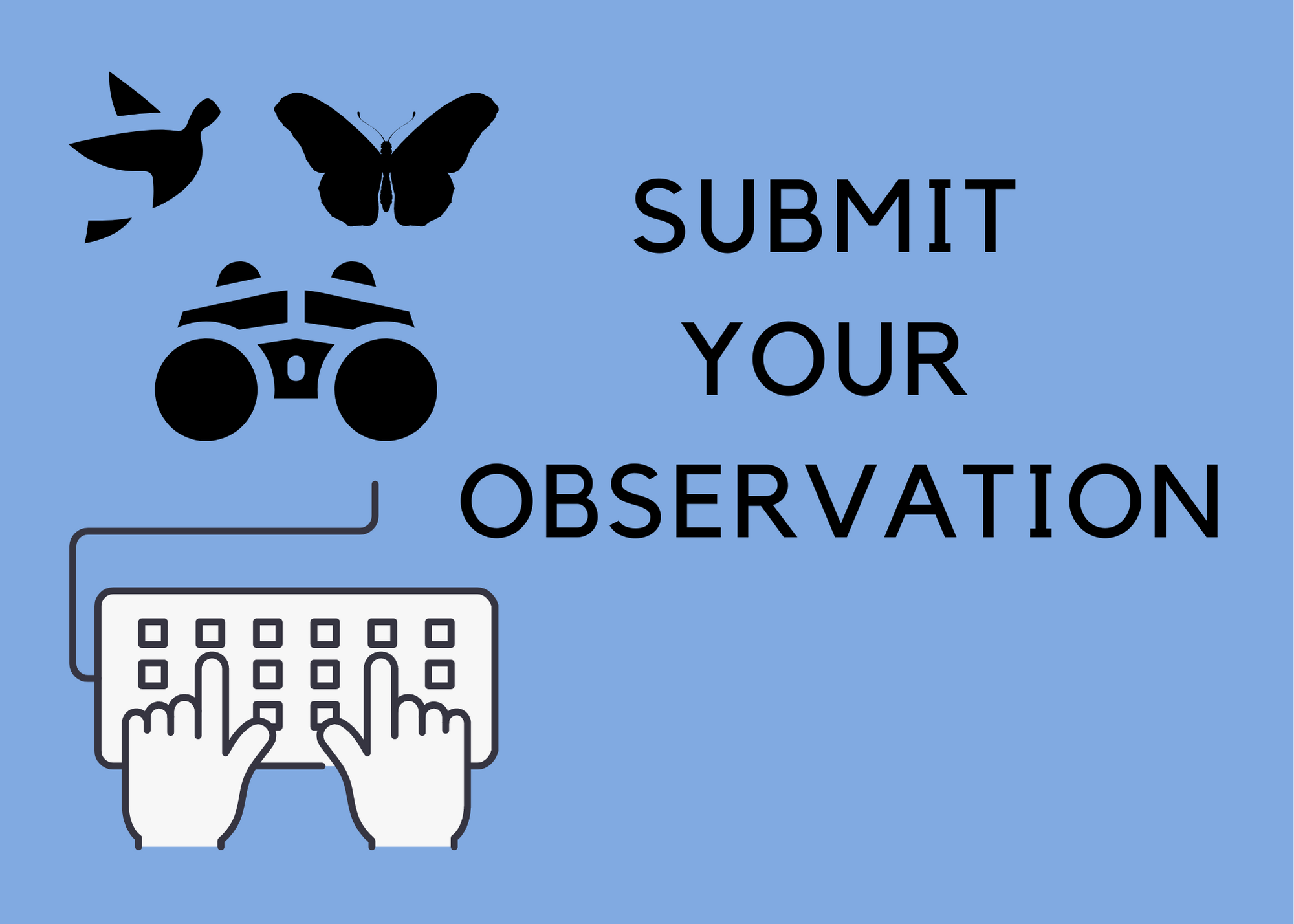Surprising number of monarchs in Arizona's lower deserts
After a time of few monarch sightings, a new generation of monarchs is beginning to appear and continue its spring migration. California is reporting monarchs mainly in coastal regions but also further north in Santa Cruz and Marin counties. In Arizona, a surprising number of monarchs are appearing in the lower deserts, delighting homeowners in desert areas. Meanwhile, in the higher elevations of Arizona, a late-season snow blanketed the highlands on Easter weekend. Luckily, monarchs are safely remaining in the south. Robust stands of milkweed and nectar resources are in flower throughout, especially in the urban areas.
From the Field
Diana Magor - Santa Cruz, California
The chrysalis that pupated on the milkweed in a pot turned black overnight and will likely eclose today. Assuming it can fly, I’ll tag it with a SWMSTag before releasing it onto blooming Symphyotrichum chilense in my garden. Still have one or two monarchs flying about from time to time, but it’s been cool and overcast here, so hardly seeing any. It’s expected to be sunny and warmer over the next few days.
Note: Diana has met the legal requirements to tag monarchs in California.
Thomas Quinlan - Marin County, California
I have about two dozen first instar cats in my yard. Narrowleaf [milkweed.] Yes, the first crop.
Also I went to a school in Mill Valley to bring some narrowleaf plants for their pollinator garden. They have more than 20 caterpillars and half of them are already instar four or five. This is very early but Mill Valley is close to the Marin overwintering sites.
Arizona Sightings
Native evergreen Desert (Rush) Milkweed, Asclepias subulata, is in abundant bloom everywhere right now, dancing in our breezy weather and welcoming monarchs to explore. It’s been an unusual spring for monarch sightings that have arrived in waves. Recently, six pupae eclosed and they were all female monarchs. Two days later, one of the females returned to lay eggs on several species of milkweed in our backyard. She must have found one of the two males that arrived in our yard about a week ago to mate. Her blue tag number helped us identify her. More eggs continue to be added day by day.
Susan and Bob in Mesa reached out yesterday, saying, “I am bewildered. I just saw a monarch butterfly two days ago, and she’s back today, depositing eggs. I had just put away all my butterfly supplies. What are the chances they will survive to adulthood? I do think it is unusual, as I have not seen any in more than a month.”
This looks like the first generation of monarchs with their fresh and new look that is now laying eggs in the lower deserts of Arizona. As long as the temperatures stay below 100 degrees, they have a good chance of completing their life cycle and heading to the higher elevations for cooler weather by June.
On the same day, Adriane in Scottsdale spotted her first monarch of the spring! The number of monarch sightings is hopeful right now. They seem to be staying here in the lower elevations where temperatures favor the expansion of their numbers.
Wanted: Monarch and Milkweed Sightings
Do you see milkweed up? Are you lucky enough to see any monarchs this spring? Send in your sightings to help us present a balanced report of where monarchs are appearing each week. Report adult monarchs, eggs, or larvae to Journey North weekly. Your detailed description of what you see can include, but is not limited to, the monarch’s gender and activity. If known, include the type of flowers if they are nectaring or milkweed type if laying eggs. Photos are encouraged and welcomed with all your reports.
Gail Morris is the coordinator of the Southwest Monarch Study (www.swmonarchs.org). She is also a Monarch Watch conservation specialist, the vice president of the Central Arizona Butterfly Association and participates in several western monarch working groups. The Western Monarch News is based on comments provided to Gail Morris. We hope to increase the number of sightings and therefore photos and comments entered into Journey North. We rely on the volunteers who communicate regularly with Gail and who agree to participate in our effort to increase awareness of the population of western monarchs. You can reach her at gail@swmonarchs.org.





